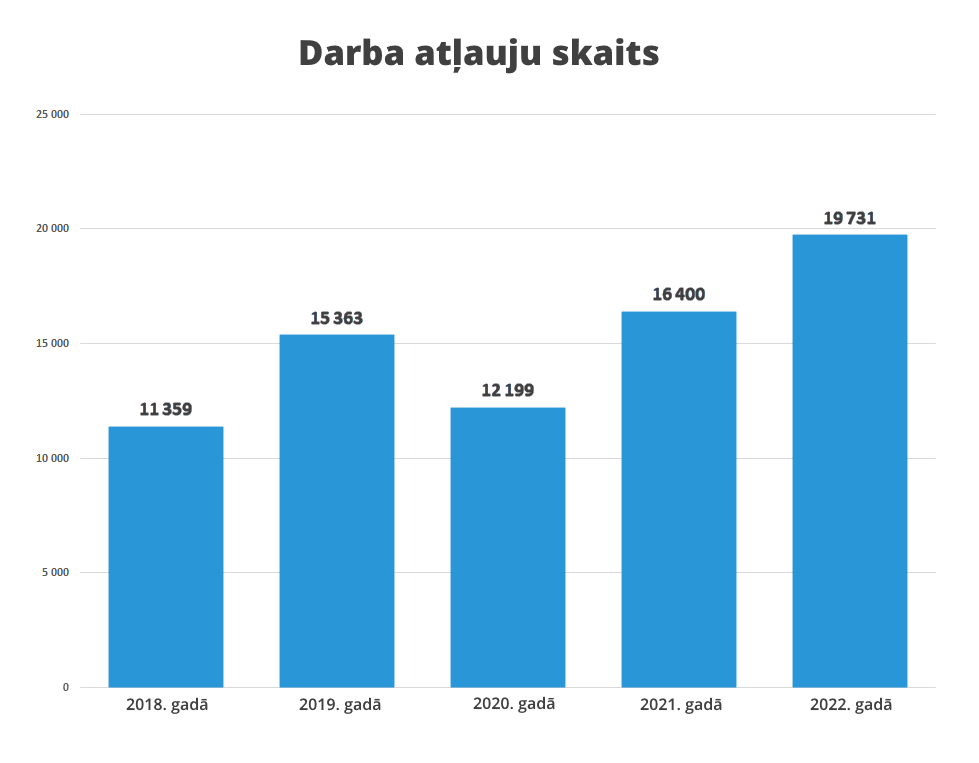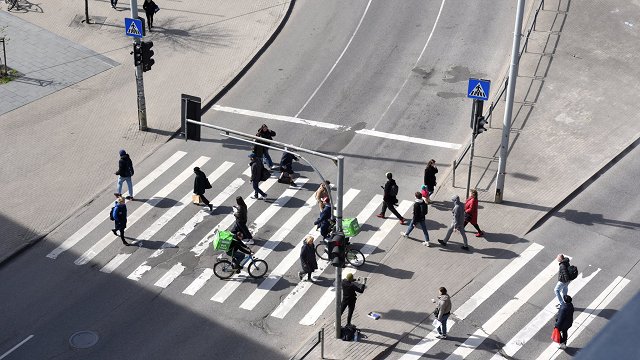Employers' requests to make the Latvian labor market more open for guest workers are growing louder. There are no restrictions on the employment of EU citizens but for citizens outside the EU, the conditions are strict. LSM is launching a three-part series on employment issues and possible solutions.
After the request of LSM, the Citizenship and Migration Affairs Office (PMLP) prepared data on the employment permits issued to third-country citizens showing that the numbers are growing. In 2018, over 11,000 permits were issued but last year nearly 20,000.
Data: PMLP
The range of countries guest workers come from has also broadened. In 2018 work permits were issued to citizens of 58 countries, and last year 85. In 2019 guest workers were employed in 706 professions and 787 last year.
For many years, the biggest number of guest workers in Latvia came from Ukraine, as well as Belarus and Russia. But after 2022 and its events, the most popular countries have shifted. Last year the number of Ukrainian employees dropped rapidly – both due to mobilization in Ukraine and to the fact that Ukrainian refugees in Latvia did not need a separate permit to work.
There has also been a drop in permits issued to Russian citizens.
Last year the numbers of guest workers from the Philippines, Georgia, India, Kyrgyzstan and Uzbekistan doubled, Tajikistan – tripled.
PMLP data show also that a breaking point was 2020 with the Covid-19 pandemic. The exception was Uzbekistan – for citizens of this country, a growth in the number of permits started in 2019 and continued. Last year, 4,855 work permits were issued to Uzbekistan citizens making it the top country of guest workers represented in Latvia.
The most popular professions are related to transport (36% to 41% of all work permits) and construction (9% – 10%). Other popular industries are programming, recruitment, catering, specialized construction, engineering, production, and repairs. Over the past two years, the permits issued for auxiliary workers has grown rapidly, too.





























